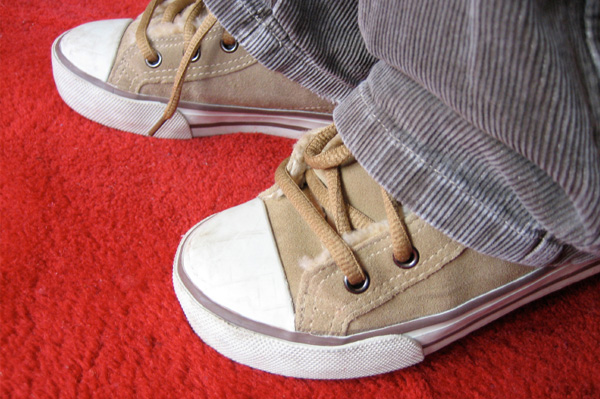 The sounds of school bells, slamming locker doors and students clammering into classrooms are being heard once again. With the start of a new school year, parents are eagerly seeking a wide array of school supplies and new fashions for their children. One of the most important purchases on a parent’s back to school shopping list is a new pair of shoes. With the numerous styles and fashions of shoes, several important factors must be considered:
The sounds of school bells, slamming locker doors and students clammering into classrooms are being heard once again. With the start of a new school year, parents are eagerly seeking a wide array of school supplies and new fashions for their children. One of the most important purchases on a parent’s back to school shopping list is a new pair of shoes. With the numerous styles and fashions of shoes, several important factors must be considered:-Children’s feet change with age: Shoe and sock sizes may change every few months as a child’s feet grow.
-Never hand down foot wear: Just because a shoe size fits one child comfortably does not mean it will fill another the same way. Also, sharing shoes can spread athlete’s foot and nail fungus infections.
-Examine the heels of your child’s shoe. Children may wear through the heels of shoes quicker than out-growing shoes themselves. Uneven heel wear can indicate a foot problem that should be evaluated by a foot/ankle physician.
-Shoes that do not fit properly can aggravate the feet: Always measure a child’s feet before buying shoes and watch for signs of irritation.
-Always buy for the larger foot: Feet are seldom the same size.
-Buy shoes that do not need a “break-in” period: Shoes should be comfortable immediately. Also, make sure to have your child try on shoes with socks or tights, if that’s how they will be worn.



